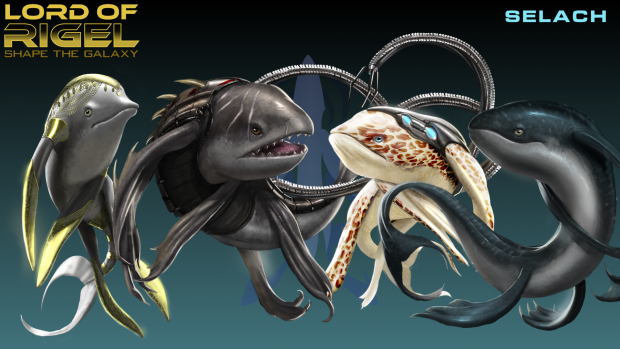


It is the farthest major star in Orion at 1,344 light years. Alnilam is losing mass quickly, a consequence of its size. Alnilam is a B-type blue supergiant despite being nearly twice as far from the Sun as the other two belt stars, its luminosity makes it nearly equal in magnitude. It is the middle and brightest of the three stars of Orion's Belt. Alnilam is designated Epsilon Orionis and is named for the Arabic phrase meaning "string of pearls".

Mintaka is the westernmost of the three stars of Orion's Belt, as well as the northernmost. The Mintaka system constitutes an eclipsing binary variable star, where the eclipse of one star over the other creates a dip in brightness. It is a multiple star system, composed of a large B-type blue giant and a more massive O-type main-sequence star. Mintaka is designated Delta Orionis, despite being the faintest of the three stars in Orion's Belt.It is the closest major star in Orion at only 244.6 light years. Bellatrix marks Orion's left shoulder and it means the "female warrior", and is sometimes known colloquially as the "Amazon Star". Bellatrix's luminosity is derived from its high temperature rather than a large radius. Bellatrix is considered a B-type blue giant, though it is too small to explode in a supernova. It is the twenty-seventh brightest star in the night sky. Bellatrix is designated Gamma Orionis by Johann Bayer.It serves as the left foot of Orion, the hunter. Similar to Betelgeuse, Rigel is fusing heavy elements in its core and will pass its supergiant stage soon (on an astronomical timescale), either collapsing in the case of a supernova or shedding its outer layers and turning into a white dwarf. Rigel, also known as Beta Orionis, is a B-type blue supergiant that is the sixth brightest star in the night sky.This is most likely to occur within the next 100,000 years. The end of its life is expected to result in a supernova explosion that will be highly visible from Earth, possibly outshining the Earth's moon and being visible during the day. It is generally the eleventh brightest star in the night sky, but this has varied between being the tenth brightest to the 23rd brightest by the end of 2019. It serves as the "right shoulder" of the hunter it represents (assuming that he is facing the observer). It is the second brightest star in Orion, and is a semiregular variable star. Betelgeuse, also designated Alpha Orionis, is a massive M-type red supergiant star nearing the end of its life.Stars of the constellation by distance (red-green 3D view) and the brightness of each star (star size) Bright stars In countries close to the equator (e.g., Kenya, Indonesia, Colombia, Ecuador), Orion appears overhead in December around midnight and in the February evening sky. In the Southern Hemisphere's summer months, when Orion is normally visible in the night sky, the constellation is actually not visible in Antarctica because the sun does not set at that time of year south of the Antarctic Circle. At the same time of day at the South Pole itself ( Amundsen–Scott South Pole Station), Rigel is only 8° above the horizon, and the Belt sweeps just along it. Stars (and thus Orion, but only the brightest stars) are then visible at twilight for a few hours around local noon, just in the brightest section of the sky low in the North where the Sun is just below the horizon. However, for much of Antarctica in the Southern Hemisphere's winter months, the Sun is below the horizon even at midday. In the period May–July (summer in the Northern Hemisphere, winter in the Southern Hemisphere), Orion is in the daytime sky and thus invisible at most latitudes. In the tropics (less than about 8° from the equator), the constellation transits at the zenith. Orion is most visible in the evening sky from January to April, winter in the Northern Hemisphere, and summer in the Southern Hemisphere.

The constellation's three-letter abbreviation, as adopted by the International Astronomical Union in 1922, is "Ori". In the equatorial coordinate system, the right ascension coordinates of these borders lie between 04 h 43.3 m and 06 h 25.5 m, while the declination coordinates are between 22.87° and −10.97°. The constellation boundaries, as set by Belgian astronomer Eugène Delporte in 1930, are defined by a polygon of 26 sides. Covering 594 square degrees, Orion ranks twenty-sixth of the 88 constellations in size. Orion is bordered by Taurus to the northwest, Eridanus to the southwest, Lepus to the south, Monoceros to the east, and Gemini to the northeast. The constellation of Orion, as it can be seen by the naked eye.


 0 kommentar(er)
0 kommentar(er)
